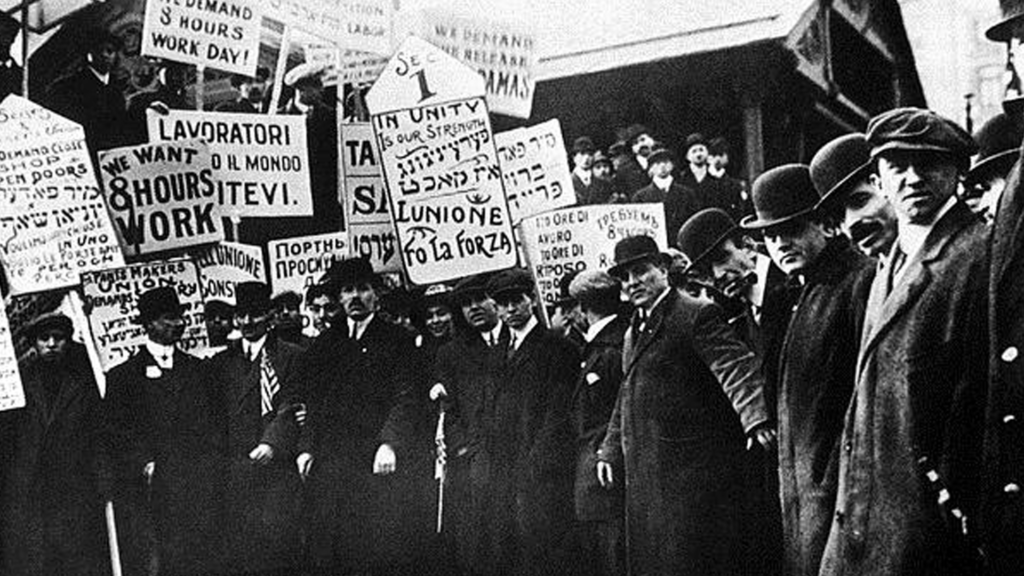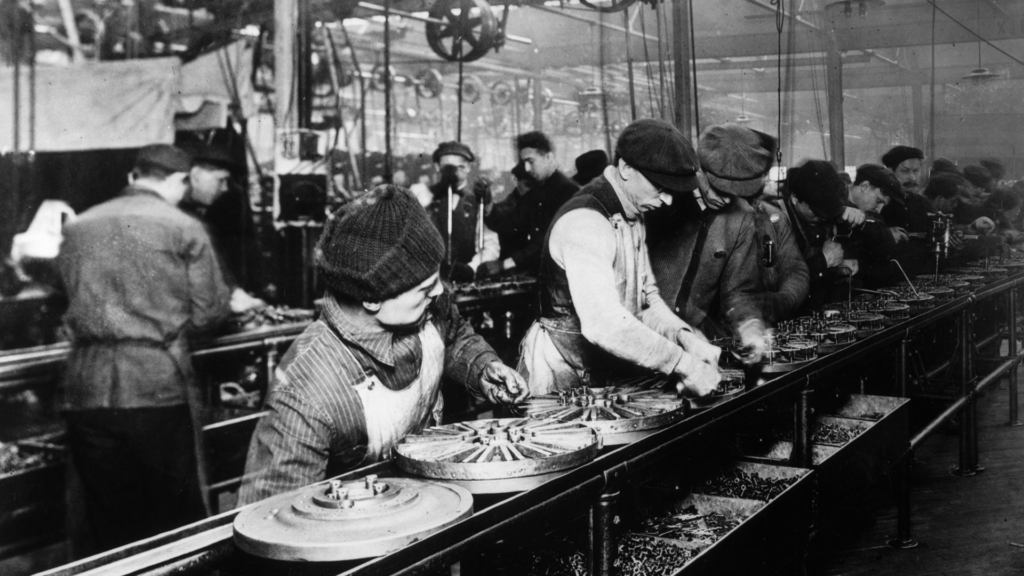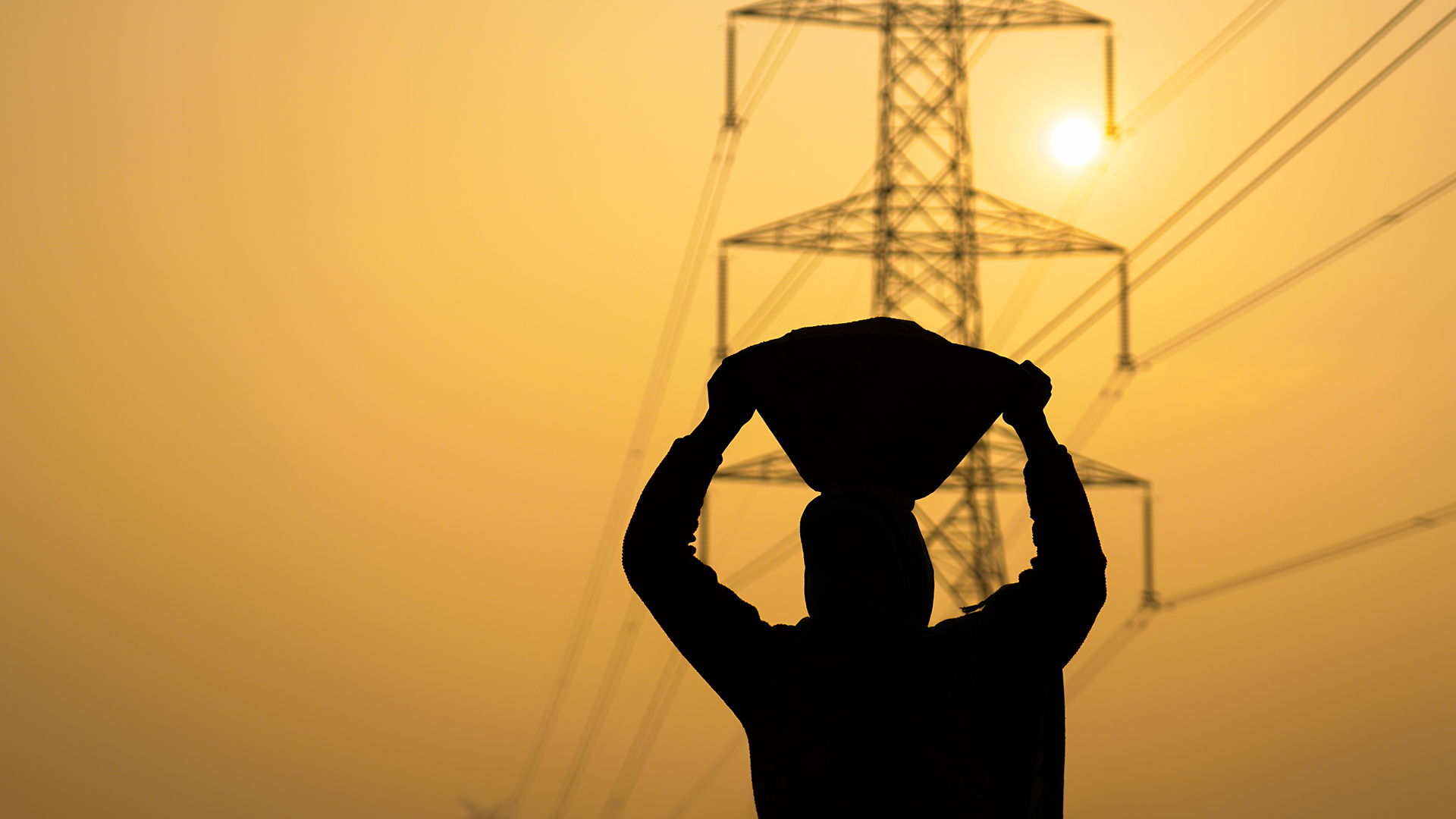EVERY year on May 1st, we observe or celebrate Labour Day, which recognizes the achievements made by workers in the 1800s to secure their – and our – rights in the workplace. The contributions made by these workers include rights and privileges that we enjoy today such as a minimum wage. This is the reason we celebrate the accomplishments made by Industrial Revolution-era workers on Labour Day.
What is Labour Day?
Labour Day is also known as May Day or International Workers’ Day. It originates in the 1800s in the United States where workers were known to work for up to 12 hours a day without weekends and in difficult and often dangerous working conditions. This was during the height of the Industrial Revolution when workers were under tremendous pressure to keep up with the rapid changes that were transforming societies.
While there were multiple strikes by workers’ unions during this period, the most famous were the nationwide strikes on May 1st 1886 by over 300,000 workers across the United States. The most well-known was the Haymarket protest, three days later on May 4th in Chicago, Illinois. With these and subsequent strikes, the government changed, leading to better working conditions for generations of men and women.

May 1st is an official holiday in many parts of the world when employees of governments, banks and most companies have a day off from work. Labour protests and the declaration of May 1st as Labour Day saw many changes over the years, making working conditions better worldwide.
Here, we look at 5 rights we enjoy because of the labour movement.
- Fair working hours
Before the protests began in the US in the late 19th century, workers were known to work up to 100 hours per week (around 14 hours per day) with no weekends. The main demands of the striking workers included working hours no longer than 40 hours per week (8 hours per day) and a 5-day work week, which is now considered the standard. These demands were based on workers ensuring they had sufficient time for their families and personal well-being.
- Fair pay and minimum wage
Employers became increasingly wealthy during this period due to workers’ low wages and long working hours. The protests sought to achieve fair pay for the hours worked, including payment for excess hours. These protests led to a watershed moment for workers in the United States when laws were created to ensure workers were paid their fair share by guaranteeing minimum wages and overtime pay.
- Eradication of child labour
During this time, it was common for children as young as 5 to work in factories and mines in hazardous conditions. After the May Day protests and long struggle, legislation was passed in the United States that defined the employment of children under the age of 16 as “oppressive child labour” which employers were no longer permitted to do. The new laws also stated that the employment of children between the ages of 16-18 was not to interfere with their schooling, health and well-being. Such laws were also implemented in many countries across Europe and other places.
- Formation of unions
The poor working conditions in the 1800s set the stage for labour unions. These were formed to strengthen and achieve the aims of the labour movement – which focused on a better work life. Unions went on to achieve specific worker rights based on gender, ethnic group and other factors. Today, unions remain a forum for employees to express their grievances and demand improved working conditions.
- Rights for working women
Long before women even had the right to vote, they made up a significant part of the workforce. Just like their male counterparts, they too led prominent protests as early as the 1840s against extended working hours, low wages, poor safety standards and the employment of children. Employed in garment, footwear and other factories, working women played an important role in the formation of women’s labour organizations. These have helped generations of women in the workplace.

The first Labour Day celebration in India
During the decades-long Independence movement, Labour Day or May Day was first observed in India on May 1st 1923. Led by freedom-fighter Malayapuram Singaravelu, who also established the first trade union in India, the celebration took place in Chennai and called for the passing of a resolution to declare May 1st a holiday. The famous phrase “workers of the world unite” was also proclaimed against the backdrop of the freedom struggle, which sought to unburden people, including workers from different parts of the country, and lead them to freedom.
Having an 8-hour workday and the weekends free to spend time relaxing or with the family has its origins in the American workers’ strikes during the 1800s. Many workplaces nowadays emphasize a healthy work-life balance and organize workplace wellness programs for their employees. But the basic rights expected from any employer are set in stone due to the protests that led to the Fair Labor Standards Act in 1938 in the United States. Over 100 years later, people worldwide benefit from the rights secured by those who protested unfair and unjust working conditions to create more balanced, healthy and safe working conditions.

Multiple NGOs in India work to improve the livelihoods of different groups of workers, including migrants, and eradicate child labour here.
Interesting fact: Labour Day in May and September
In most countries, May Day is observed on May 1st to mark the nationwide protests in the United States on May 1st 1886. But in the US and Canada, Labour Day is celebrated on the first Monday of every September in recognition of the first Labour Day parade in New York City on September 5th 1882, four years before the strikes across America in May 1886.
Established in 2000, Give.do is the largest and most trusted giving platform in India. Our community of 2.6M+ donors have supported 3,000+ nonprofits, impacting 15M+ lives across India.

Shirley has been in the development sector for over 10 years and is passionate about making a change in the world around her, including adopting dogs and writing to make a difference.
Discover more from
Subscribe to get the latest posts sent to your email.

